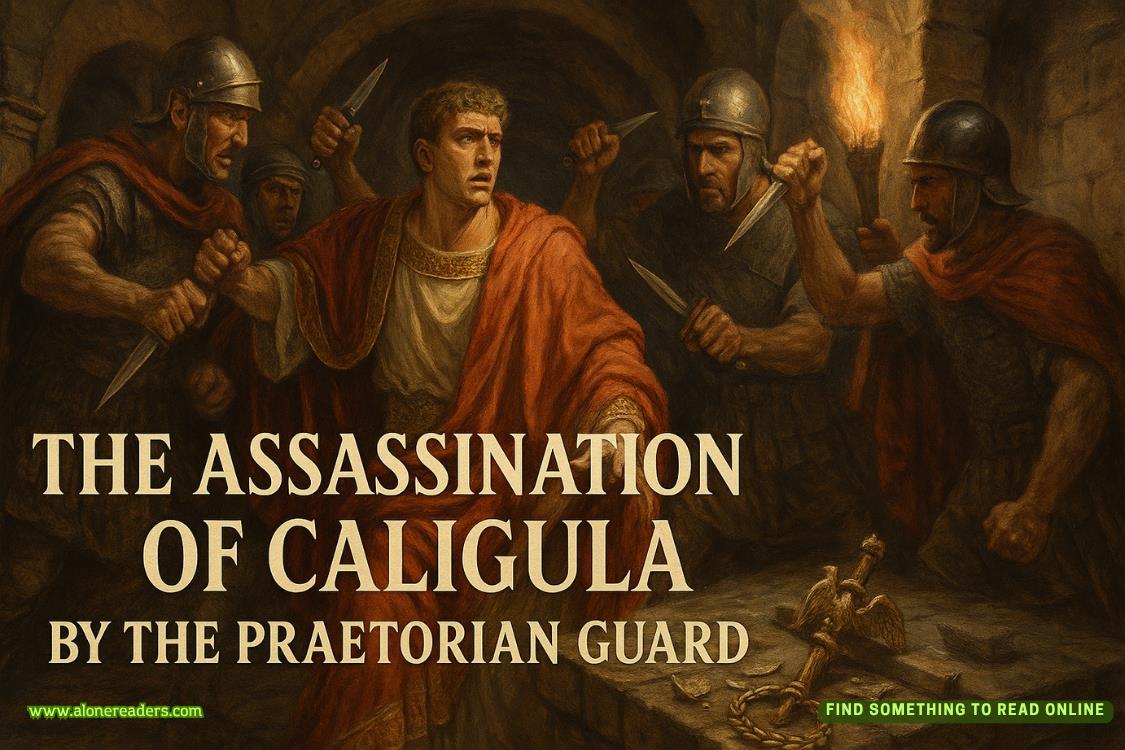MARKET DAY: Wednesday.
Mid-May Apple Queen Parade, Sektober cider festival.
A pleasant market town in the midst of orchards and fruit farms which provide the main income for the population.
The old castle overlooking the town was once part of King Lorenzo the Kind’s defences. The keep is well preserved but the curtain walls are sadly depleted, much of the stone having been used to build dwellings, apple stores and barns to house cider presses.
FROM CHAMPAL JUNCTION station travellers can take a coach to the centre of the town which is certainly worth a visit. There are splendid views from the old castle keep, which houses a fine collection of man traps, woman snares and children’s gins, and other implements of torture personally designed by Lorenzo the Kind. (The iron maiden which normally would be part of this collection has been removed and in a modified form serves as a most efficient apple crusher.)
A culinary speciality of Champal is ice cream, made by the Glissops, a local farming family. They have taken over the large ice-houses which were previously used to store fish in the days when it was brought by road to Ankh-Morpork. It is said by some people that a slightly fishy aroma still prevails, giving an unusual piquancy to this icy confection.
The current border with Quirm lies just five miles from Champal, in a village called Little Green by the Morporkian residents and Petty Chou by the Quirmians.
It is marked by a dilapidated five-bar gate across the track with peeling white paint. The train stops here for ten minutes, supposedly to give the border guard an opportunity to inspect travellers’ documentation. It certainly gives the owner of Fat Sally’s, a local café, a chance to offer a ‘fried slice’ to everyone on the train and, I notice, supply a very large plateful of fried comestibles to the engine crew.
I share with my readers an extract from a report held in the archive of the Guild of Trespassers, describing this border crossing as it was a hundred years ago, at the start of the Century of the Fruitbat. Not much seems to have changed.
TEN MILES ON, the grand chateau of Aix en Pains comes into view, surrounded by acres of vineyard.
The vineyard welcomes visitors and offers wine-tasting as well as a guided tour of the winery and the chateau gardens. The best time of year to visit is Sektober, when the rare Better-late-than-never Lilies are in bloom – and fortuitously this coincides with the grape harvest. Two grape varieties (Risibling and Muscrat) are grown on the chalky Rim-facing slopes and from these a very acceptable full-bodied red and a fruity white wine are produced. Traditional methods are used to extract the grape juice and the sight of a bunch of jolly workers, knee-deep in a vat of purple juice, trousers rolled to the thigh and singing as they pummel the crop with their feet, would make anyone smile.
There is a small dining room at the winery where guests can sample local dishes with a glass or two of the latest vintage. A clever fusion of cooking styles combines the sophistication of Quirmian ‘Avec-cuisine’ with the filling and substantial Ankh-Morpork diet. Thus on the day I visited the ‘plate of the day’ was Clooty Soufflé avec pickled green cabbage and a purée of lickun berries.
Leaving the pleasant surroundings of the chateau, the land rises to an arid plain and subsistence-level farms give way to scrubland. The train picks up speed and the only signs of civilization visible amid the dense thickets of black thorn are the ochre mine workings, scoured by a hot wind that is as dry as burnt toast and just as gritty. The train races through Dunrobinville station without stopping; apparently it is a request stop and used exclusively by the landowner, who is reputed to be a retired bandit. Two and a half hours after leaving the Quirmian border the train runs downhill, through the shadow of a deep cutting, until the view opens up revealing the walled city of Quirm basking in sunshine. The railway runs parallel to the River Quire, and between the trees lining its banks it is usually possible to glimpse one of the famous Quire river boats.
As a girl I travelled on one of these great river boats; their opulence is equalled by the olfactory assault from the huge oxen that power them and the river can be treacherous. Yet another good reason to travel by rail.
•QUIRM•
POPULATION: 13,054
CLACKS TERMINALS: railway station, City Watch HQ, Grand Hotel and main post office.
POST OFFICE: Place de Malle.
ACCOMMODATION: The Duchy Hotel, The Grand Hotel, The New Pavilion.
BANKS: Quirm Banking Company, Quire Associates.
THE CITY WATCH: located in the Rue-de-Wakening.
DAILY FISH MARKET: at Porte Odeur.
GENERAL MARKETS: Wednesday and Saturday.
A Floral Parade takes place on the last weekend in May. The Scallop Fair is celebrated in Spune.
Quirm Castle, a good example of dynastic architecture, is located on a small prominence by the City Wall. It is home to Lord Rodley, Duke of Quirm; his mother, Brenda, now resides in the nearby Dower House.
The main commercial activities of the area are fishing, viticulture, cheese-making and rare toffee mining. The new toffee refinery built by the Worthe family is scarcely visible behind a screen of poplar trees. The wealth generated has allowed the family to endow a fine art gallery in the city as well as offering scholarships to Quirm School of Dentistry.
THE GRANDIOSE QUIRM Station, located just outside the Hubwards Gate of the city, could almost be a town hall. It was designed by the famous Quirmian architect Guy d’Nord, and is a tribute to the Epheban style of architecture with a vast portico decorated with carvings of lobsters, scallops and other crustacea.
An open carriage or horse bus takes visitors to the city centre; it is a delightful experience to travel along wide tree-lined boulevards with the bright awnings of pavement cafés and ice-cream parlours on either side. A gentle breeze carries with it the aroma of fresh coffee and scent of floral displays mixed with a hint of scallops on the turn and the evocative smell of the pungent tobacco smoked by the local inhabitants.
A visit to Quirm would not be complete without seeing that wonder of horticultural timing, the floral clock, which is located in the Rodley gardens. Plants are selected for the opening and closing times of their blooms which in most cases are accurate to within an hour. Such is the expertise of the Horticultural Research Station here, they receive many requests to provide specimens for floral clocks around the world. Their current project, using the Campanula genus, is the development of an alarm clock for the Knockers Up Association in Pseudopolis.
The Zoological Gardens near by house a large menagerie including elephants from Howondaland who, to the delight of many children, enjoy a daily bathe in the sea.















